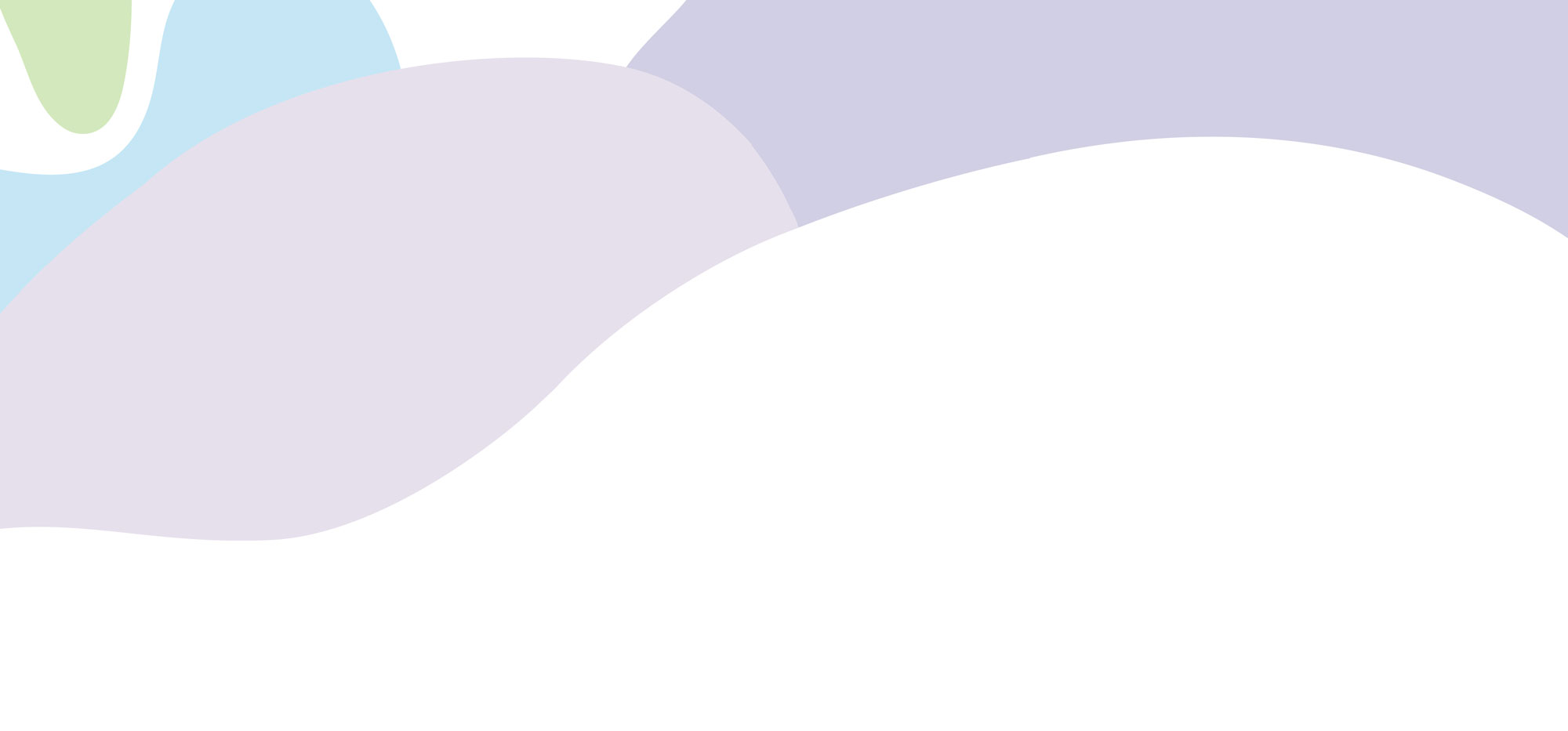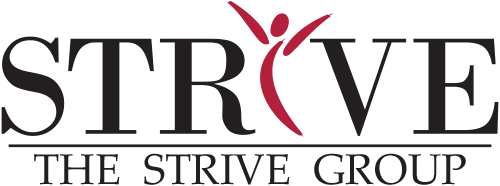




Every SMART display undergoes rigorous quality testing to meet world-leading safety and regulatory compliance standards, making it an investment you can count on for years to come.

Protect your investment with a best-in- class full-coverage warranty and service plan options.

Expert support, tons of resources and a thriving community of educators to tap into helps set you up for success.

Get complimentary professional learning plans, online courses and webinars that cover both functional and pedagogical topics.




Every SMART display undergoes rigorous quality testing to meet world-leading safety and regulatory compliance standards, making it an investment you can count on for years to come.

Protect your investment with a best-in- class full-coverage warranty and service plan options.

Expert support, tons of resources and a thriving community of educators to tap into helps set you up for success.

Get complimentary professional learning plans, online courses and webinars that cover both functional and pedagogical topics.




I reference the companies above merely for the convenience of familiarity, not because they are unique. The pharmaceutical industry provides another current example of this convergence: Pfizer, Moderna, AstraZenica and Johnson & Johnson all developed effective vaccines for a previously unknown virus within a year of its identification. Further, they did not simply develop; they tested, validated and gained regulatory approval, a herculean and massively complex undertaking. Moreover, they were capable of ramping production to a colossal scale seemingly overnight. Arguably, product development and manufacturing does not get any more complex or regulated than in the world of biotech, yet these four companies accomplished what previously would have been unimaginable. Examples of this functional redundancy are endless and are not limited to big tech and pharma. In my business, the commercial audiovisual industry, this sameness is equally pervasive. Today, technical prowess is seldom a differentiator, and even when it is, it’s highly perishable.
Contents
Rick Thomas
Editor
Nance Larsen
Cover Story Photo
Josh Newton Photography
joshnewton.com
Visualizer
Scott Mlynarczyk
The STRIVE Group, LLC
Subscribe to the Magazine
thestriveproject.com/subscribe
Copyright © 2021
The Strive Group, LLC
All rights reserved.
s a citizen-soldier, I think possibly one of the greatest strengths of the Reserve Components is its diversity. I am not talking about cultural diversity but rather individual diversity, the uniqueness inherent to every person on a team or in an organization. Great leaders understand how to harness such assets.
First, I must step back to my early days as an active-duty private serving in the infantry. In the mid-‘80s, I had the privilege of serving in the Berlin Brigade under some exceptional young leaders. I say young because, looking back, they appear far too young to have been burdened with all that came with being a leader in the Berlin Brigade during the Cold War. Not only did they face the daily requirements of maintaining a ready team, but they were also saddled with having to prevent a bunch of really young infantry soldiers from creating an international incident in a walled city that housed not only British, French and Russian infantry but also three million civilians. The opportunities for trouble were limitless, training areas were limited, and national pride on all sides was bountiful. We trained in city parks and drove military vehicles through crowded city streets on a daily basis. We were expected to be both warriors and diplomats as we routinely encountered allied soldiers and West German citizens. We could also see and be seen by East German sentries.
he person who installed the card skimmer at a Speedway gas station on Detroit’s west side couldn’t have imagined that they would have such a positive effect on my life. I couldn’t have imagined it either that January day in 2012, when I learned that a thief had completely emptied my bank account. Pacing nervous circles around my living room, I sat anxiously on hold to find out how long it would take to get my money back.
“Did you say eight to 12 weeks?” I paused, processing the blow. “But that’s everything I have.”
Suddenly I found it difficult to breathe. My eyes began to dart around the room, searching desperately for something I could grab on to for support, but all I could see was evidence of a life out of control: piles of unwashed laundry pushed against the wall, fast food wrappers and empty beer cans on the coffee table, a dent in the wall shaped like my boyfriend’s fist. I felt ashamed, lost and hopeless.

he person who installed the card skimmer at a Speedway gas station on Detroit’s west side couldn’t have imagined that they would have such a positive effect on my life. I couldn’t have imagined it either that January day in 2012, when I learned that a thief had completely emptied my bank account. Pacing nervous circles around my living room, I sat anxiously on hold to find out how long it would take to get my money back.
“Did you say eight to 12 weeks?” I paused, processing the blow. “But that’s everything I have.”
Suddenly I found it difficult to breathe. My eyes began to dart around the room, searching desperately for something I could grab on to for support, but all I could see was evidence of a life out of control: piles of unwashed laundry pushed against the wall, fast food wrappers and empty beer cans on the coffee table, a dent in the wall shaped like my boyfriend’s fist. I felt ashamed, lost and hopeless.

- Improved productivity
- World-class customer service and support
- Cost-effective, precision-engineered solutions
- Our commitment to the environment
Discover how a partnership can take you toward the future.
ome years back (okay, decades ago if I’m willing to show my age), I internalized an important life lesson: The morning after is seldom worth the night before. As much fun as it is to have fun, too much fun will lead to some serious misery the next day and, no matter what some might wish, there is no miracle cure for the headache other than being 21 years old and mostly invincible.
This truism extends beyond the repercussions of celebrating. As we crawl into early 2021, hoping that a combination of caution, vaccines and old-fashioned luck will return us to something resembling “normal,” 2020’s COVID hangover is steamrolling toward most of us and, when it kicks in, a brave face along with a powerful analgesic will be needed to see us through. Equally important, getting ourselves, our teams and our businesses successfully past the coming pandemic hangover will definitely require a plan.

ike most Americans, I consider disinformation to be a serious threat to our democracy and economy. Efforts to intentionally mislead by polluting the overall information environment undermine the capacity of individuals and organizations to engage in informed decision-making.
Ninety-one percent of Americans say fabricated news causes confusion about basic facts (Pew Research Center), and more than half of those surveyed view misinformation and disinformation as a “major problem” (Institute for Public Relations). The root causes of disinformation are extremely complex, but – and here’s some good news – the tools to slow its spread and mitigate it may be more simple than many of us might think. I believe that we each play a critical role as a stopgap to efforts and materials designed to divide.
Unlike pollution in our physical environment, which typically originates from a small number of bad actors, all of us likely bear some responsibility for polluting the information environment. It’s important to realize that with a simple click and share, any of us can become polluters. As an example of this, an MIT study indicates that false news stories are 70 percent more likely to be re-tweeted than true stories, and research conducted by McMaster University shows that repetition of misinformation increases perceptions of its accuracy.
While the media spotlight on disinformation intensifies, segments of society remain especially vulnerable. A survey of 21,196 people in all 50 states and the District of Columbia, conducted by researchers from Harvard University, Rutgers University, Northeastern University and Northwestern University, determined that those in the 18-to-24 age range had an 18 percent likelihood of believing a false claim, as compared with only 9 percent for those over 65.
thestrivegroup.com/remote-readiness

n my early 20s, I left home for a few months to journey through East Asia. I traveled with two of my best friends, one large backpack and $3,000 in traveler’s checks. I would love to tell you a sexy story about being enlightened in the local ashram in Bangkok, but that would be a lie. In fact, I came back from four months in the east with acne, a drinking problem and 30 extra pounds.
My spiritual journey began in my early 30s. I did not climb the Himalayas or shave my hair and became a monk. No, I started the journey from the comfort of my home. You see, knowing yourself is having the courage to look.
Taking the spiritual journey was scary for me, especially because there was a time when I judged spirituality and spiritual people as weak, disconnected and delusional. How little did I know.
What set me on this path was desperation really, desperation based on a life that I didn’t feel was working. This dissatisfaction was especially apparent at work. I was always driven, committed and passionate, but when I showed up at work, I felt that there was no room for that drive and passion. I was on full robotic mode, asleep.
OOM BOOM BOOM goes the clomping above my head as the ceiling shakes. The elephants are awake, I think to myself, quickly hitting “save as draft” on my email. The race is on: I have 20 minutes to complete critical tasks before my quiet and peaceful work space will be obliterated by a hungry and chaotic stampede. It is 7 a.m. on a Monday, and my children are awake.
A typical day, I had kissed my husband goodbye at 6 a.m. and quietly crept downstairs into my office for my only tranquil, uninterrupted working time for the day. I always prepare my to-do list the evening before; I realized early on I have to make sure everything on the priority list is finished within the morning window, as time is too precious to waste figuring things out.

he caller ID pops up on my cell phone. It’s an intern from years past. A smile emerges, the hellos quickly bringing us back to a comfortable place. As the conversation progresses, it’s clear this is more than a call to catch up. They have called for advice. The mentor is in session.
I can’t think of anyone who doesn’t need a mentor at some point during their lifetime for professional or personal reasons. We can all benefit from the lessons imparted by a valued mentor. A 2019 study by Olivet Nazarene University found that 76 percent of people consider mentors important, yet only 37 percent have one. Mentors are the people who carve a special place in our journey that stays with us for a lifetime. These people are leaders and know this role is as important as any they play at work, at home or in their community.
our years ago, as part of a PhD degree program, I began researching whether and how people’s beliefs differ related to the concept of well-being. This professional pursuit and examination generated unexpected revelations: The experience transpired into a highly personal, transformational journey that can only be described as serendipitous. My research, intended for a broad audience, helped me grow, evolve and reflect on how my development could be meaningful to others.
he COVID-19 pandemic has brought unprecedented change and major shifts to all our lives. The uncertainty of what lies ahead can bring about worry and frustration. As the business world begins to adjust to a new normal, we can do the same with our lives. Many things remain outside of our control, but having a positive mindset is key to facing the unknown.
Unexpected events will occur which may cause uncertainty about what course of action to take. One of the main things we don’t want to do is dwell on problems that often trigger stress and hamper productivity. We should try to accept the things that we cannot change and focus instead on those aspects of our lives that we want to, and actually can, change.
Strength
Through
Trauma
ife can be hard. Brutal, sometimes, presenting challenges that can feel overwhelming. But it is often the darkest of times that reveal personal resiliency, inspiration and the ability of the human spirit to exhibit grace under fire.
Within the past three years, my 10-year-old son died of cancer, my mother and my best friend from college passed away, I lost a job I loved after eight years, and my husband and I divorced after 20 years of marriage.
Individually, any one of these circumstances might have set me back or forced a significant internal retreat, but instead I have emerged stronger. Not only am I still standing, I am thriving, thanks to an immensely strong network of women and a depth of fortitude I didn’t realize I had until I needed it.
OMNIA Partners, Public Sector is the nation’s largest and most experienced cooperative purchasing organization dedicated to public sector procurement.
Compliant
Sustainable
Comprehensive
 SPEED
SPEED  EFFICIENCIES
EFFICIENCIES  SAVINGS
SAVINGS
 SPEED
SPEED EFFICIENCIES
EFFICIENCIES SAVINGS
SAVINGS
Change demands an innovative approach. Take control driving strategic procurement. www.chariotgroup.com/online-marketplace
info@chariotgroup.com | 877.822.5300 | www.chariotgroup.com

Thanks for reading our Apr-Jun 2021 issue!


























